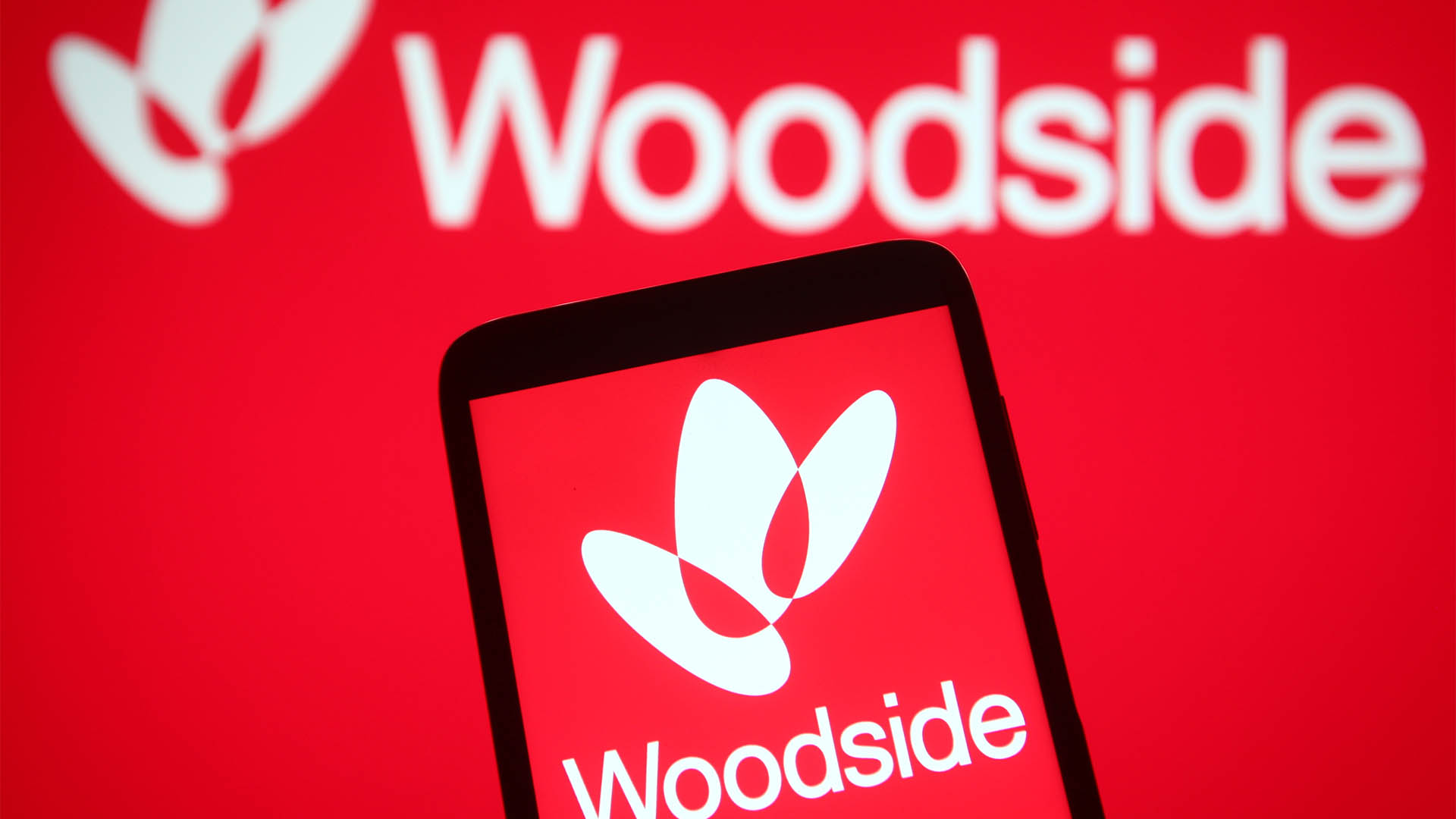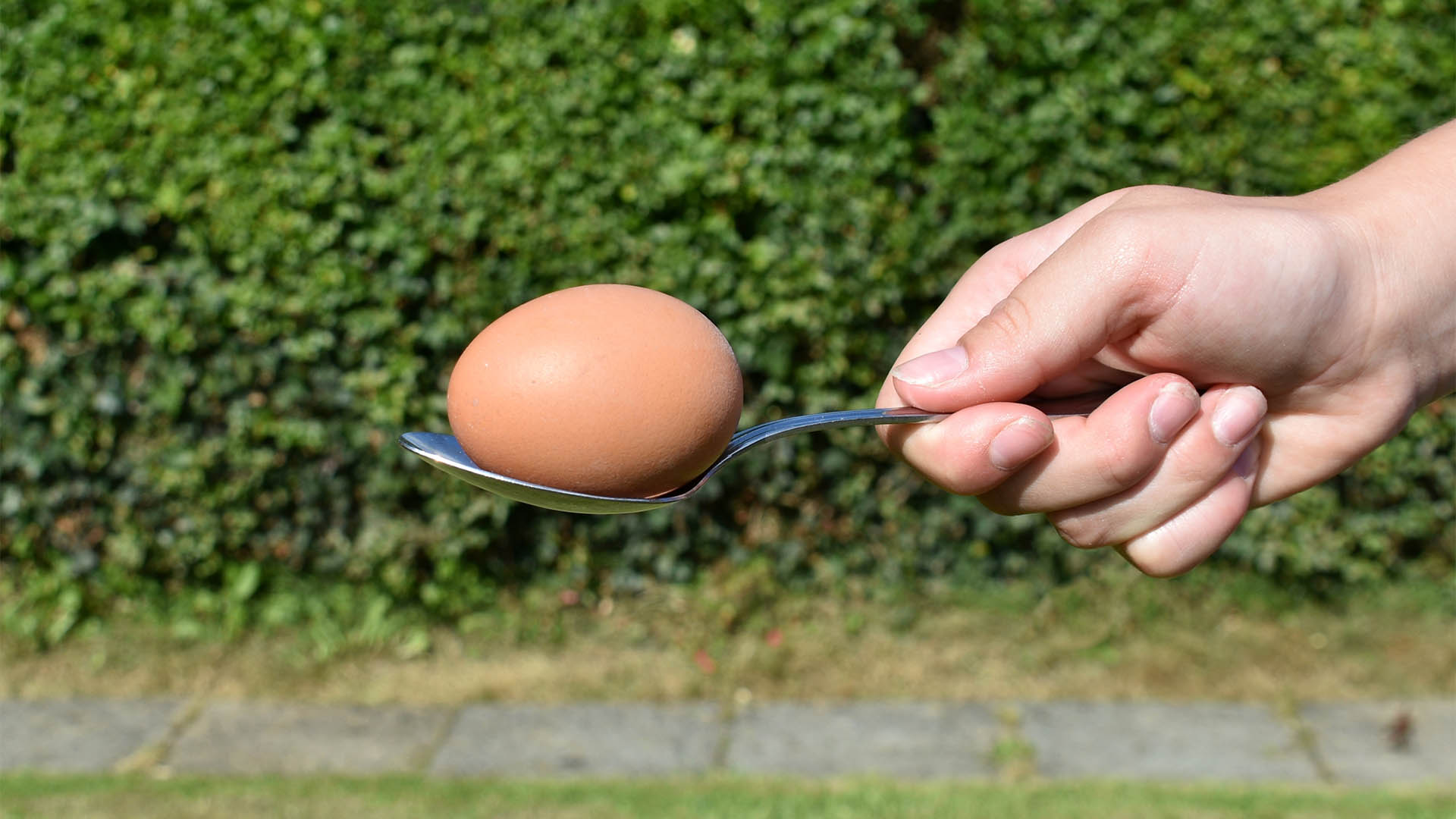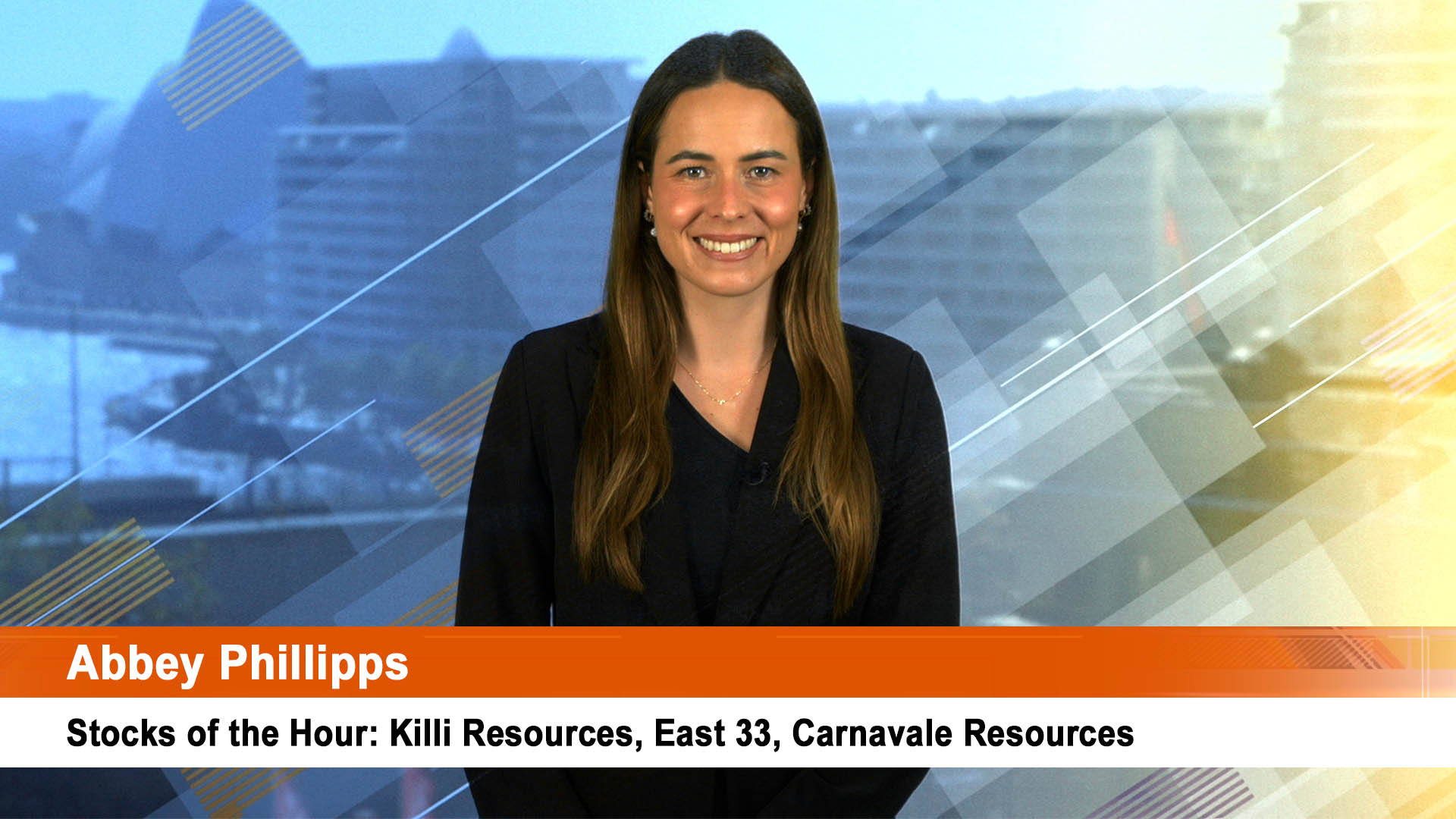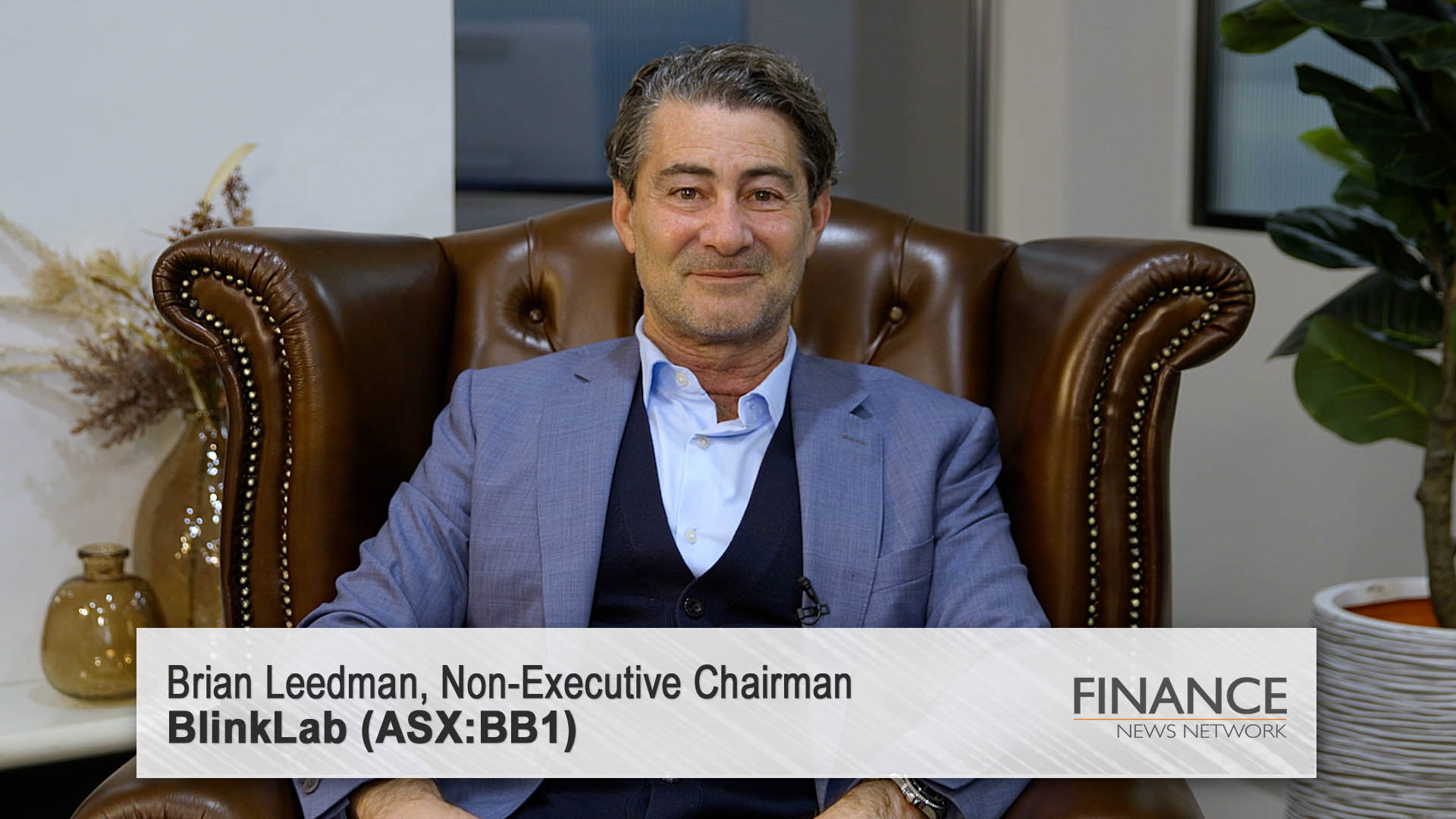With the Senate approving the proposed media law changes that will allow the country’s remaining publishers, TV and radio stations to marry in haste and lose money (and repent) at leisure, a bankruptcy hearing in far away Anchorage, has relevance to what will happen in Australia.
There this week a judge raised the question why buy a failing business as he approved the sale of Alaska’s largest paper, the Alaska Dispatch News for $1 million. It is a question investors and employees of these companies in Australia should be raising at every opportunity, along with the old Latin dictum Cui bono – who benefits.
The hearing was told that the paper then called the Anchorage Daily News was bought by the paper’s publisher from major media group, McClatchy’s for $US34 million.
The paper was renamed but had been losing about $US500,000 a month and went bankruptcy on August. 12. A bid of $US1 million was submitted by a local Anchorage buyer and won. The holders of another $US12.5 million in debts face getting very little, if anything back, according to the new owner. who also warned there will be sackings among the 200 staff at the paper.
According to the Associated Press the presiding judge said he had to bite his tongue to keep from asking why the buyer believed it could be successful in what has been a money-losing venture. And that is the question applies to any changes to any deal around the world involving legacy media, especially in newspapers and magazines, with linear TV not far behind. Radio is different because of its mobility which is well suited to mobile phones (streaming music for example).
Now the Australian media laws are to be changed ostensibly to help existing companies and owners such as the Murdoch family and Kerry Stokes (not to mention the board and management of Fairfax Media) to cope with the rapid pace of change and the rise of the likes of Facebook, Google and lately, Amazon with Netflix paranoia thrown in.
And the bottom line is what however the media laws change it won’t alter the fact that the overwhelming history of Australia media deals end up seeing billions of dollars in losses, write-downs, job losses and loss of services. There are no winners, except the likes of Kerry Stokes and the Murdochs who get to keep their shrinking empires (when Seven Network merged with WestAustralian Newspapers in 2011 to form Seven West Media it had a value of $4.1 billion. At the close on the ASX yesterday the value was just $1.1 billion.
The current media ownership rules for example were introduced under John Howard around 11 years ago and the media companies spent years trying to fight each other and uniting to try and block new rivals (and remember that Foxtel, which is managed by News Corp, has never been subject to any of the media laws that are being changed).
The judge’s question in the Alaskan bankruptcy court should be asked (but won’t) in other recent deals – the $US1 purchase of the New York Daily News and the looming $A160 million purchase of Northern and Shell (and its titles including the Express papers of the UK, the Star and OK magazine) by Trinity Mirror, one of the UK’s largest but shrinking newspaper and magazine owners.
The bottom line to these and a host of other smaller deals, especially in the US this year at regional and local levels is mergers or takeovers are not going to save jobs, protect revenues or guarantee the future. They will only postpone the inevitable.
And it’s the same in legacy video and TV – free to air and cable/pay TV (as we call the Murdochs’ Foxtel in Australia). News, Seven, Fairfax, Ten and the rest of the local legacy media are blaming everyone from Google to Facebook, Amazon and Netflix for their woes, anyone but themselves for the weak or high, the latest research from the US on TV use from the Pew Research group makes it clear that linear TV is past its use by day so far as viewers under 30 are concerned.(http://www.pewresearch.org/fact-tank/2017/09/13/about-6-in-10-young-adults-in-u-s-primarily-use-online-streaming-to-watch-tv/)
Pew says the rapid rise of online streaming services such as Netflix, HBO Go, more recently Hulu and a host of rivals “has dramatically altered the media habits of Americans, especially young adults.”
Pew said its survey had found that 61% of those aged 18 to 29 say the primary way they watch television now is with streaming services on the internet, compared with 31% who say they mostly watch via a cable or satellite subscription and 5% who mainly watch with a digital antenna.
“Other age groups are less likely to use internet streaming services and are much more likely to cite cable TV as the primary way they watch television, Pew said. The survey was conducted last month and is the most update to date research on TV use in the US.
"Overall, 59% of U.S. adults say cable connections are their primary means of watching TV, while 28% cite streaming services and 9% say they use digital antennas. Among the other findings of the survey:
“The survey marks the latest in a number of Pew Research Center findings that show how much the internet and apps have shifted people’s access pathways to media and some types of content in recent years.
The internet, for example, is now closing in on television as a source of news in the U.S. A generation ago, television was far and away the dominant news source for Americans, but now, the internet substantially outpaces TV as a regular news source for adults younger than 50, Pew said.
That latter point is bad news for established legacy media companies, especially in print and means that only a handful will survive. And there is no reason to believe that that point and the viewing trends among younger viewers are not similar in Australia given the rapid rise of streaming services here.
Netflix, Stan are the leaders (which makes the failure of the Foxtel-Seven West Media Presto venture look especially incompetent) and the outstanding growth of Telstra TV with its suite of streaming services (and Fetch TV as well) is now the fastest growing media business in the country with over 800,000 subscribers and 1.2 million people streaming live AFL and NRL coverage on their phones or home computers.
Seven West Media’s sports streaming services, especially of the Australian Tennis open is also a big nod in the direction of streaming and away from linear TV viewing growth. The media law changes will have no impact on here – the market forces are winning.
And there’s a further development that will drive a stake through the linear TV industry (and in fact all media). Sky, 39% owned by the Murdoch family’s 21st Century Fox has struck a new rights deal with English soccer clubs below the Premier League.
The 600 million pound deal contains a dramatic new service http://www.telegraph.co.uk/football/2017/09/12/football-league-clubs-able-live-stream-midweek-matches-fans/). Teams from the first through the 4th divisions of the Football League will now be allowed to stream live games on their websites under the new five year deal with Sky. The deal starts in 2019.
Sky gets the exclusive live broadcasting rights to 150 matches from the English Football League’s Championship, League One and League Two divisions, the second, third and fourth tiers of local soccer under the Premier League. Cup competitions and the Sky Bet Play-Offs are also covered by the deal, which runs from the 2019-20 season until May 2024.
But the most interesting part of the new deal, clubs will have the right to live-stream in the UK and Ireland any league match outside Saturday afternoons that isn’t being broadcast by Sky. Some of these matches will compete head-on with rival BT Group Plc’s coverage of European Champions League games. It’s game on. This is a breakthrough and will pressure the richer EPL clubs to think along the same lines when they discuss the shape of their post 2019 rights deal next month.
For all the moaning and groaning in Australia about the rising competition from Netflix, Amazon, Facebook and Google for sports rights, Sky (which has been the most adventurous of the Murdoch linked companies when it comes to technology, business plans and drive), has decided to tackle the newcomers head on and use its market clout and reputation to try and win.
Amazon has the streaming rights to the Thursday night NFL games in the US (with CBS and NBC owning the broadcast rights) in the first part of the current season, and it bought the UK rights to tennis (but not the four grand slams) from 2019 because Sky didn’t put up a serious bid to retain the rights.
Facebook last month bid for but lost the streaming rights to the IPL 20/20 cricket competition in India and set off a cacophony of moaning and groaning from legacy media – who neglected to point out that the Murdoch family’s Star satellite TV business had snapped up all the rights to the competition in a massive $US2.6 billion deal.
But what these points illustrate is that as the judge in Alaska asked – why merge or buy failing media business (especially in the current climate), the TV audience is rapidly moving away from legacy linear TV business in cable and free to air (who whine about unfair competition just as newspapers and cinema chains did about TV, radio about TV and everybody about the internet).
It is progress and the audience, (especially younger members of it) are moving because the costs of pay TV in its various forms has become too high.
For example Foxtel’s average revenue per user in 2016-17 for its (falling) 2.8 million subscribers was $A86 a month, or more than $A1,070 a year, which looms as a cost saving for more and more families with low wage growth and rising energy bills. Netflix costs around $A120 a year in Australia, as does Stan.
All the media companies write about the rising costs of energy, housing and low wages and are pious in their support for the ‘battlers’ in the community, but they thinking nothing of changing as much as possible for their services (and then leading campaigns against the companies which do the same). The hypocrisy from the Australian media has not changed one bit down the decades. Poor mouth on one day, pay up the next!













